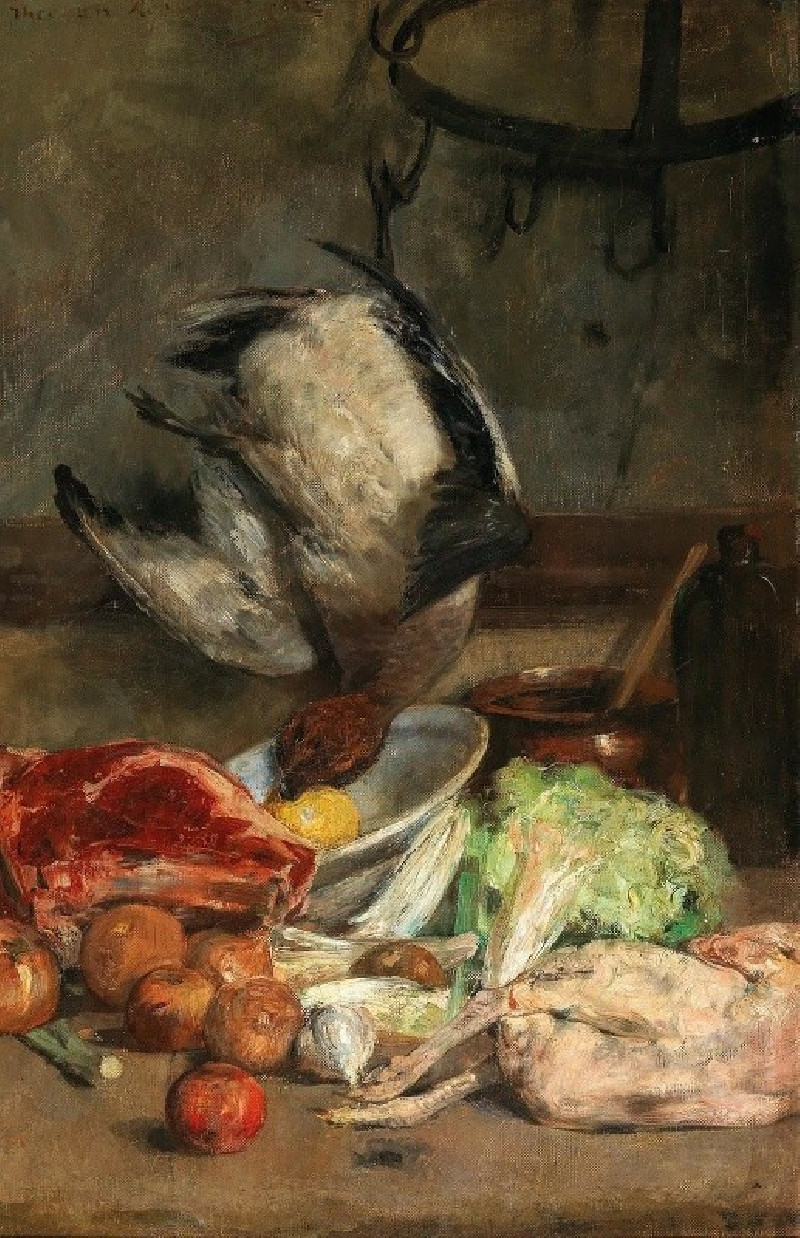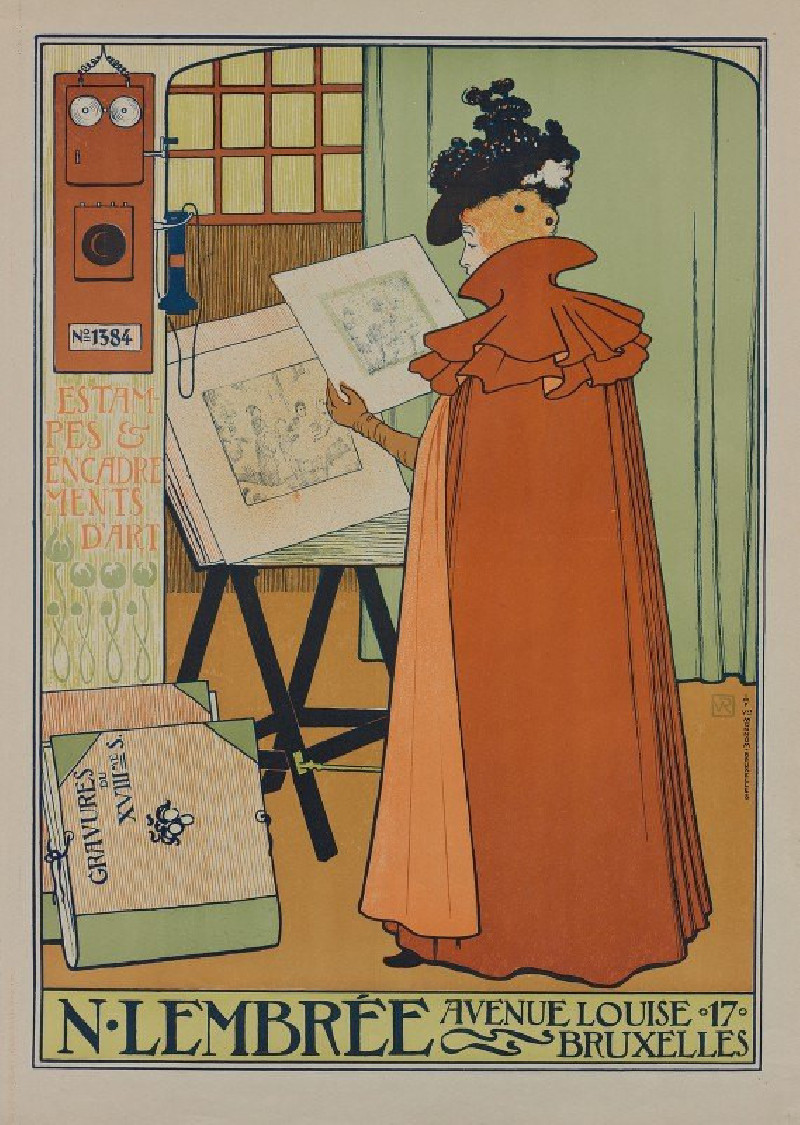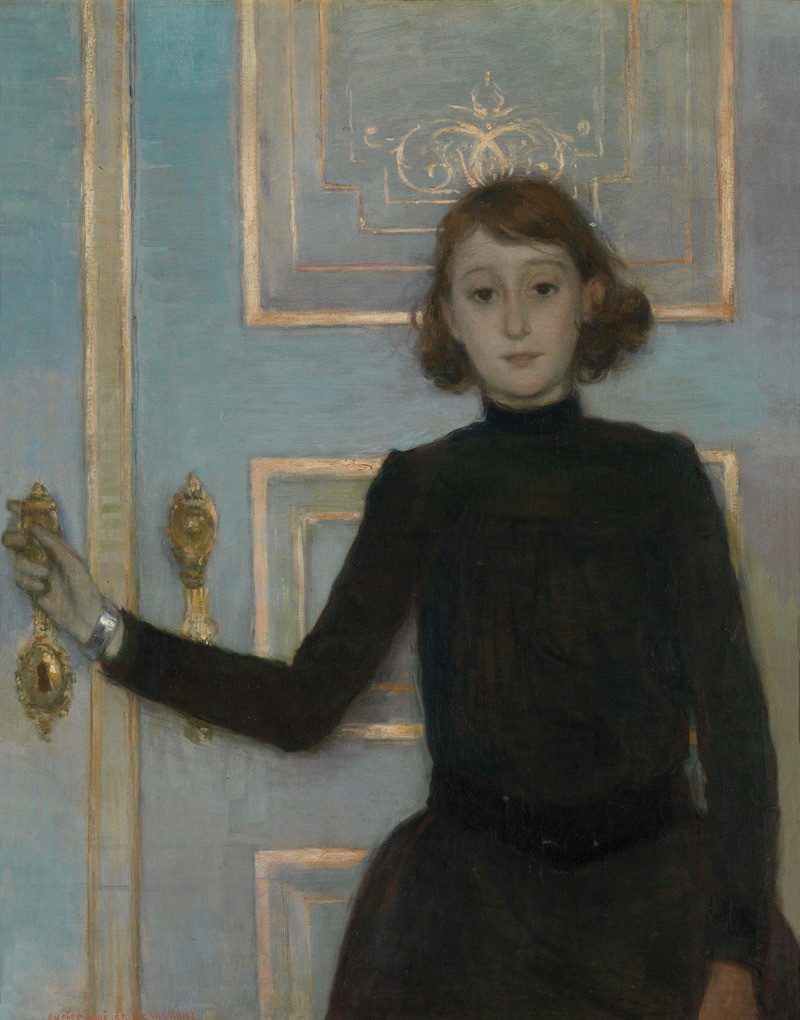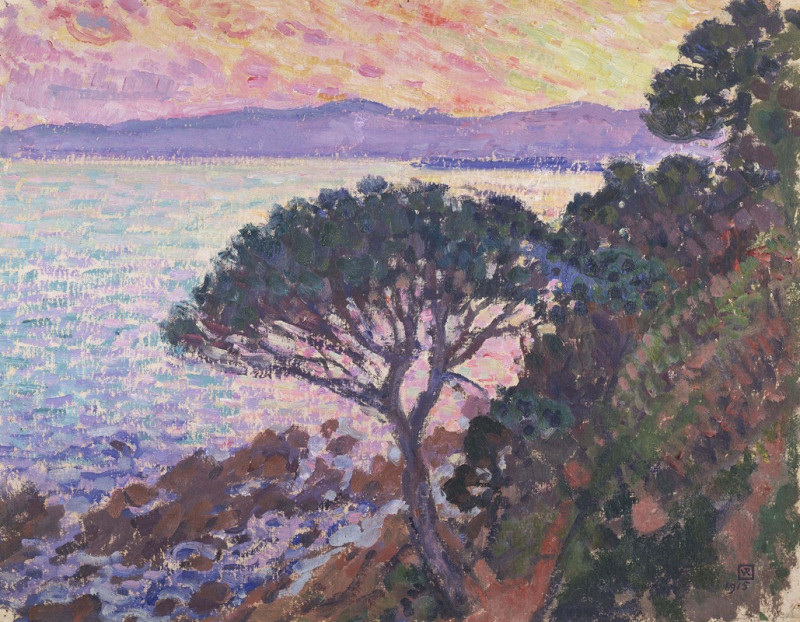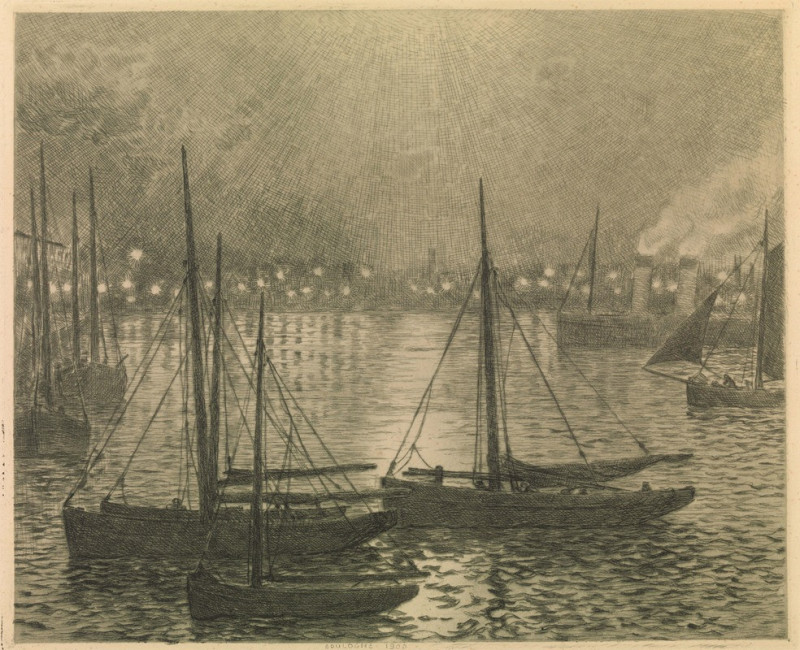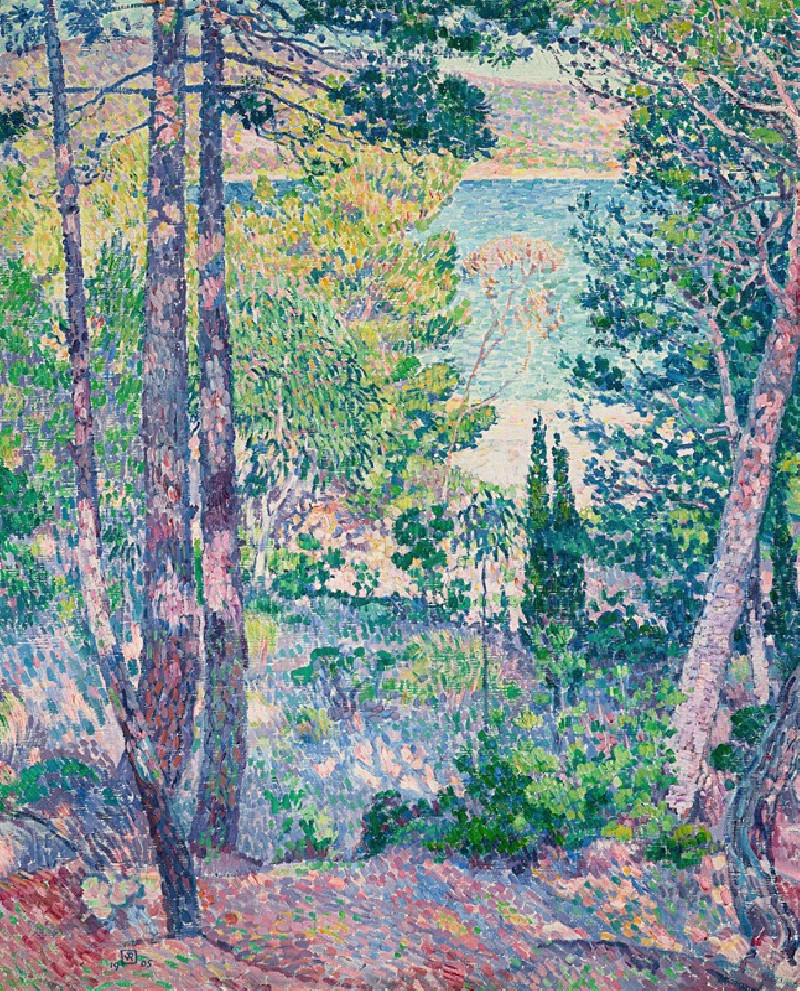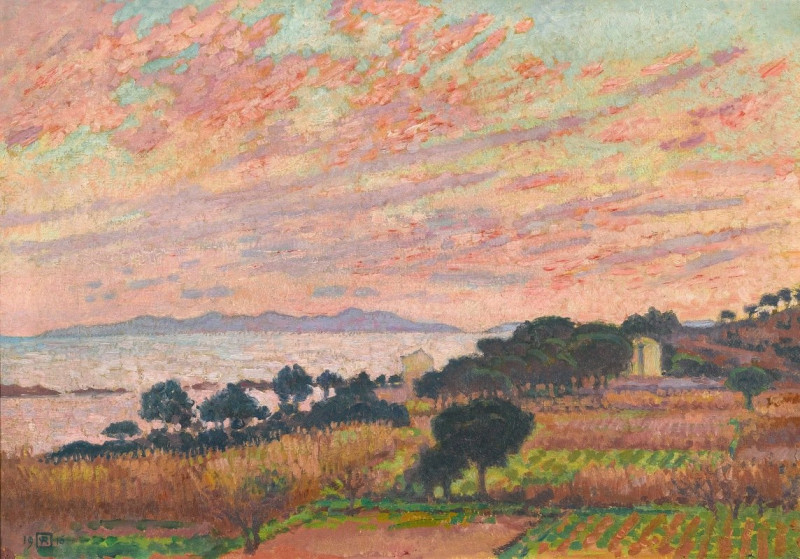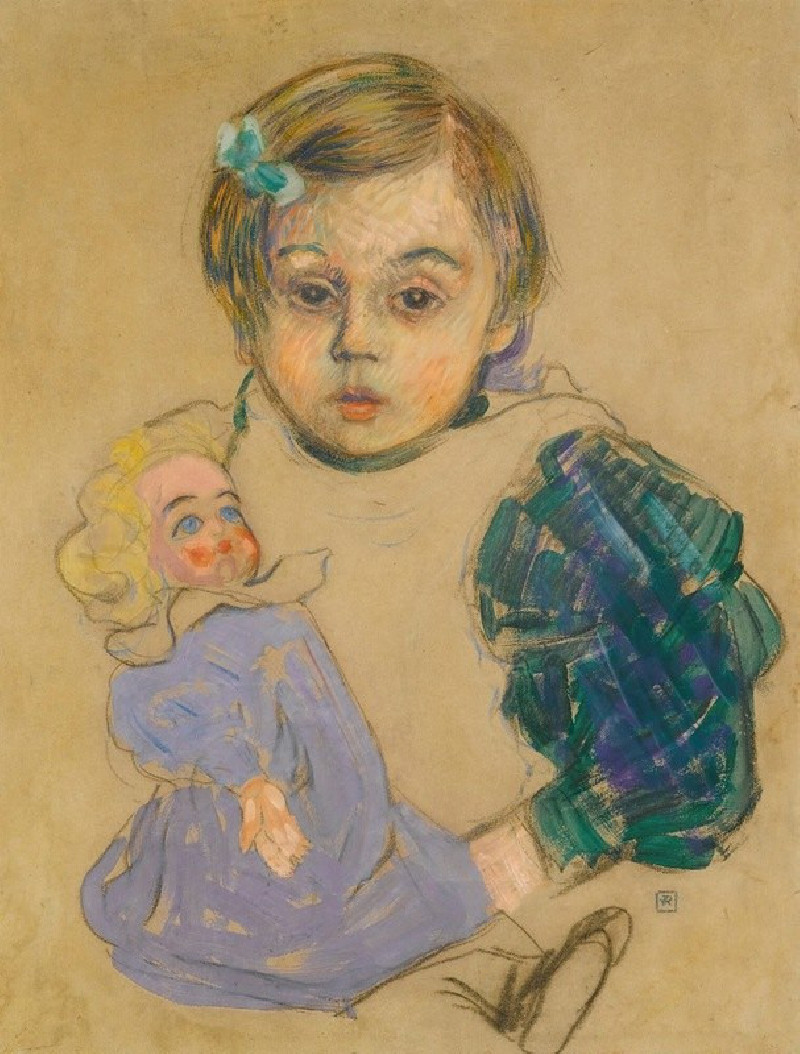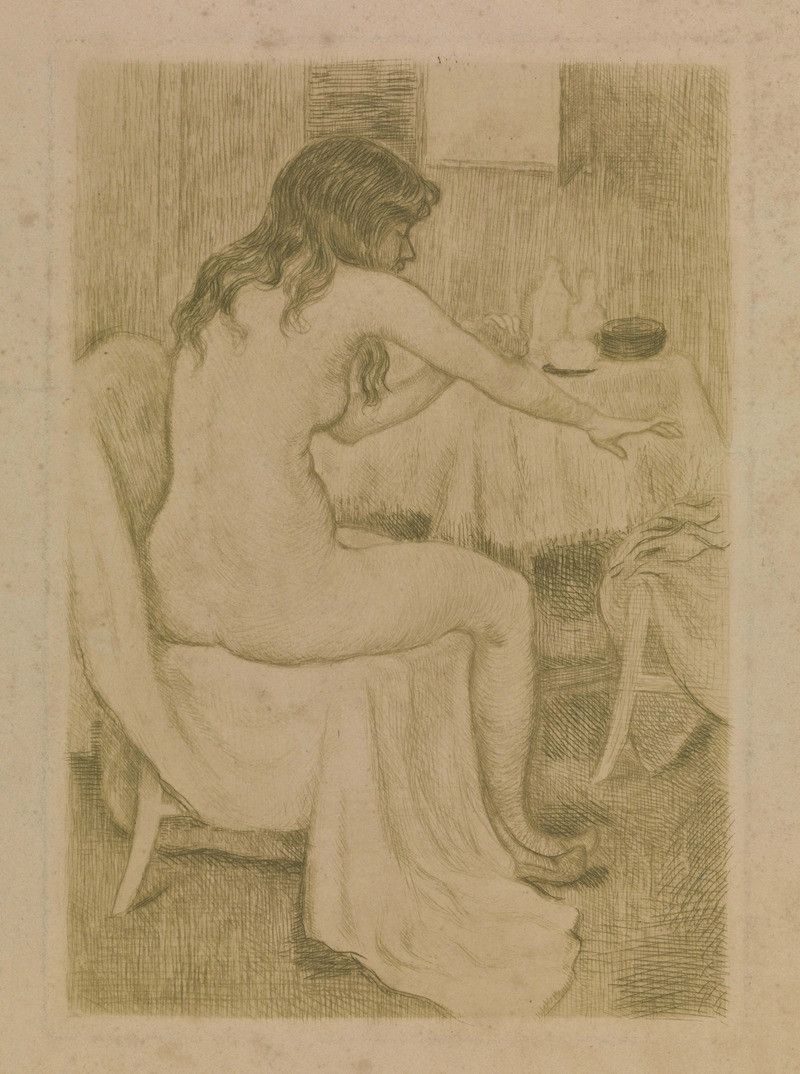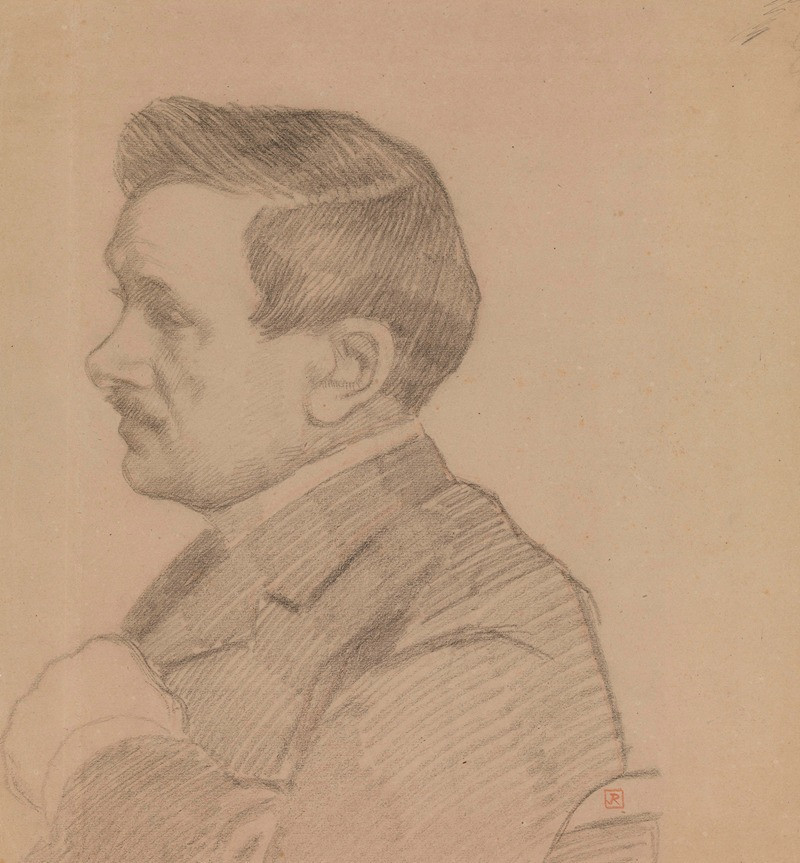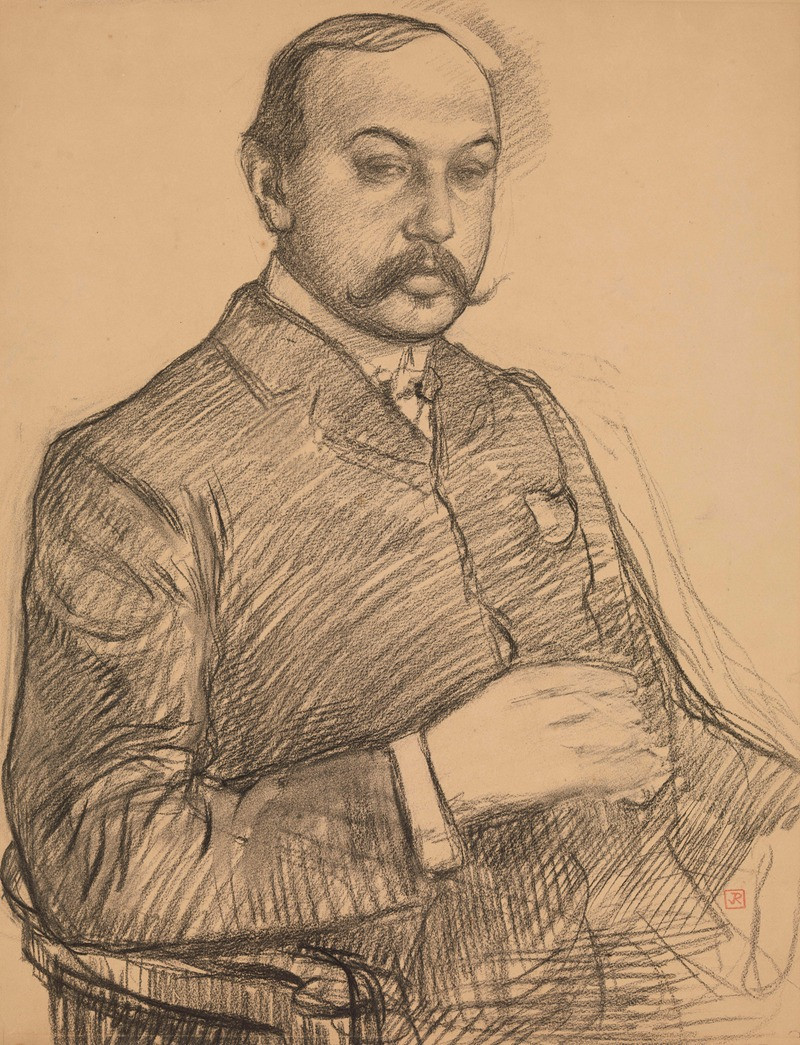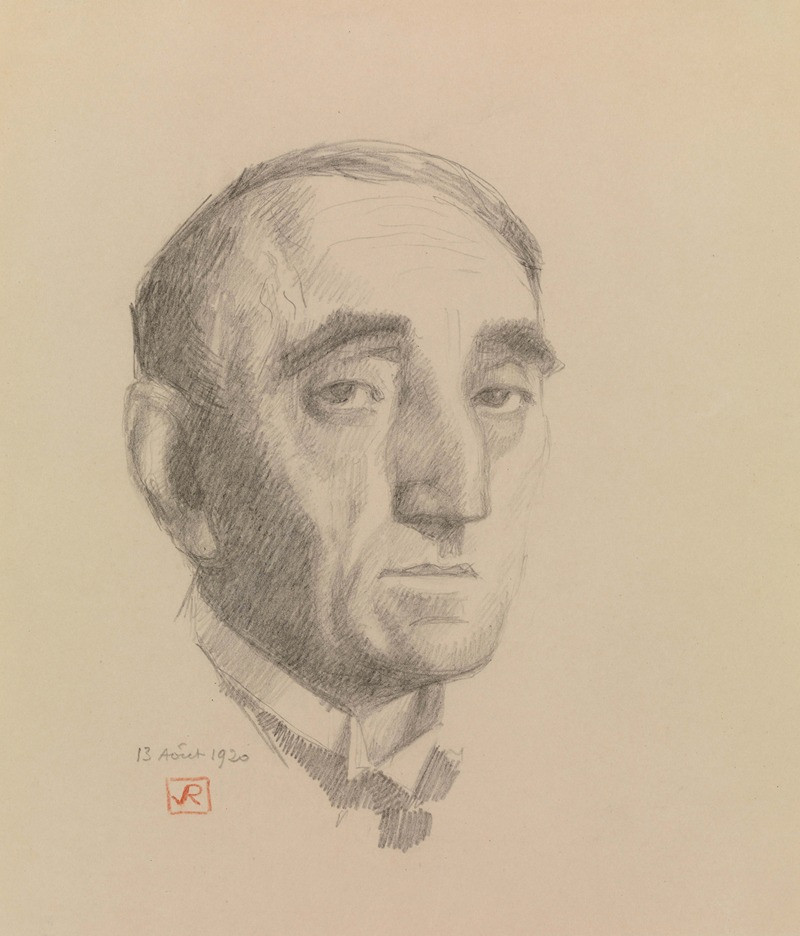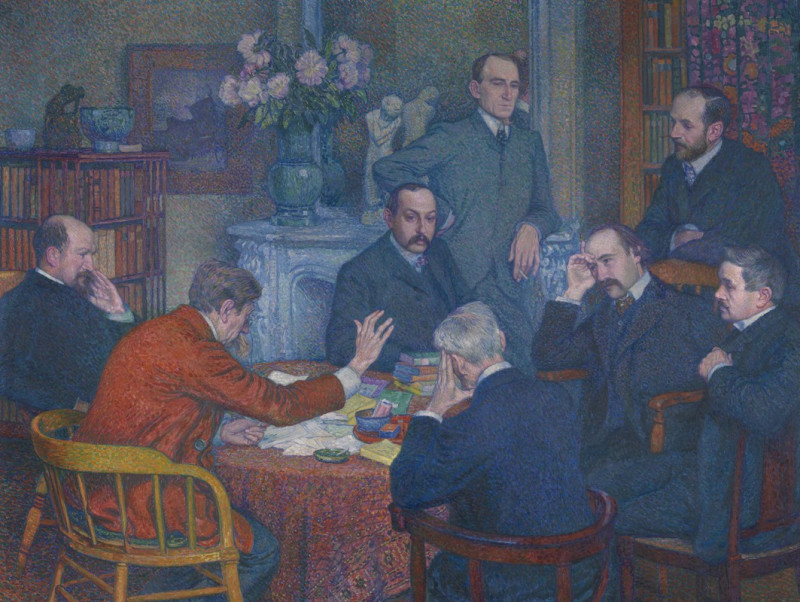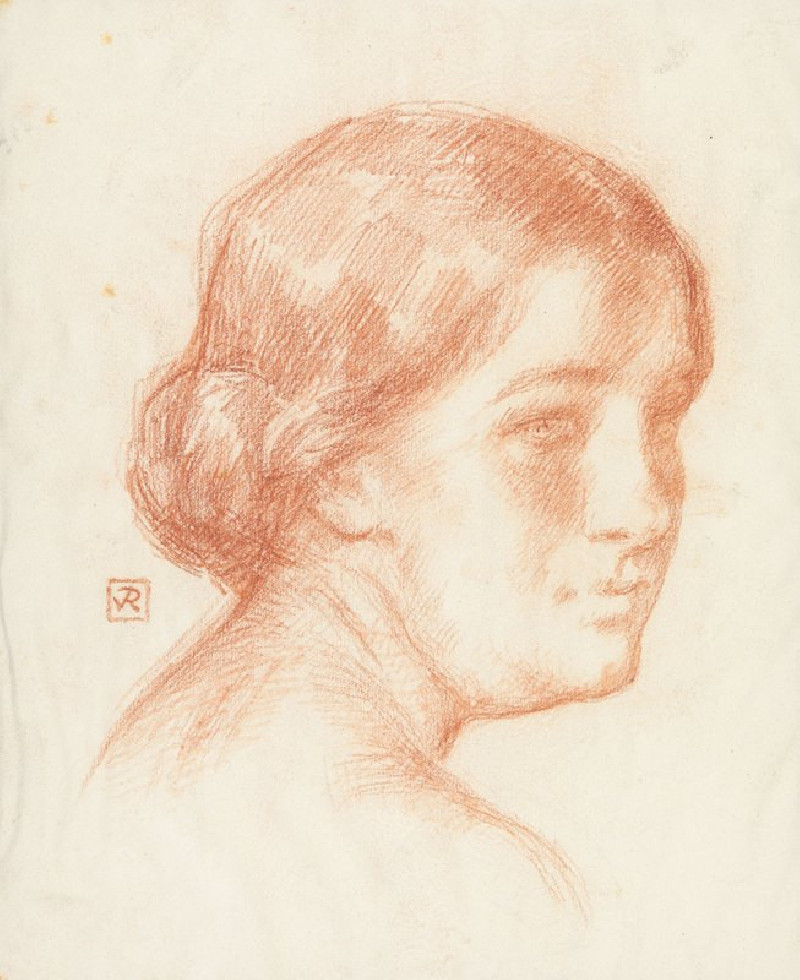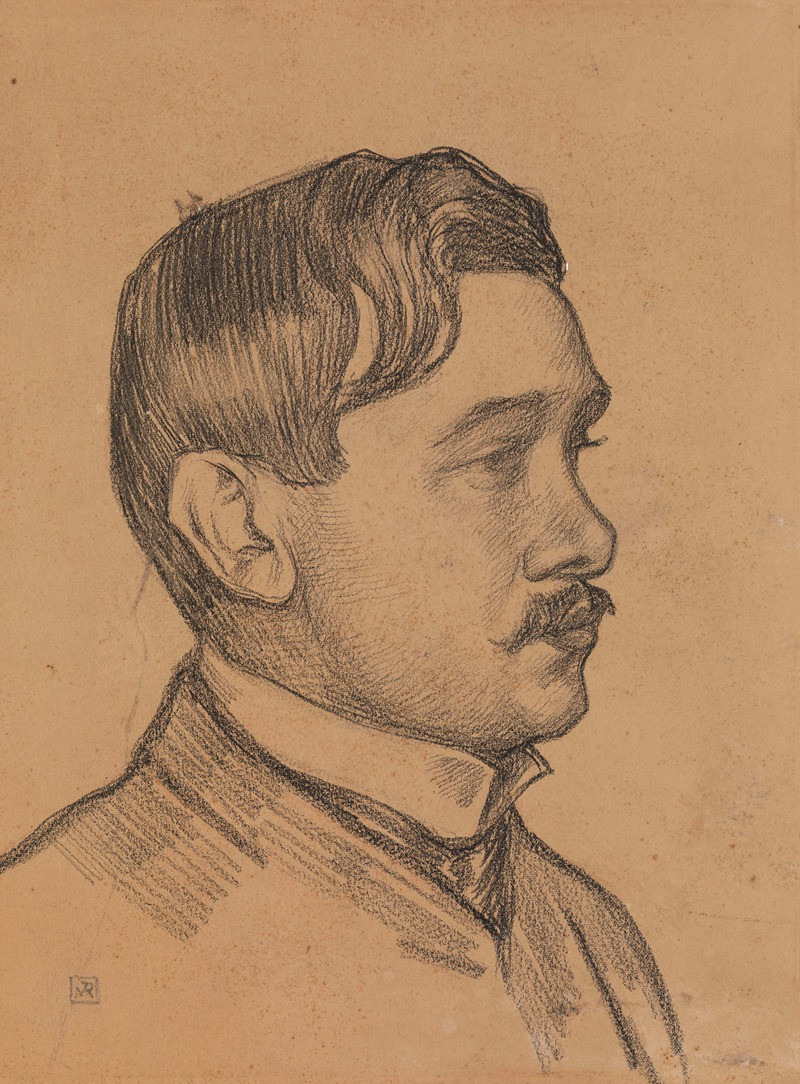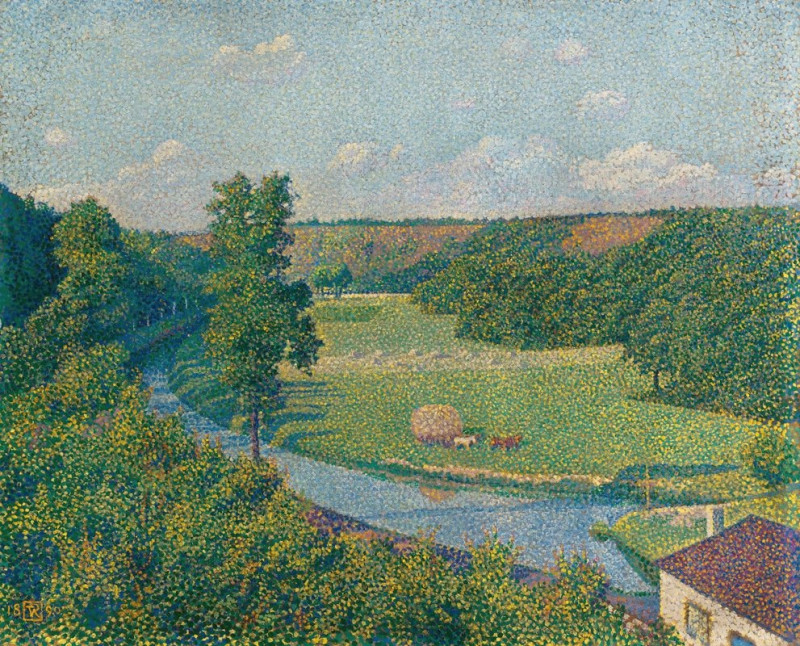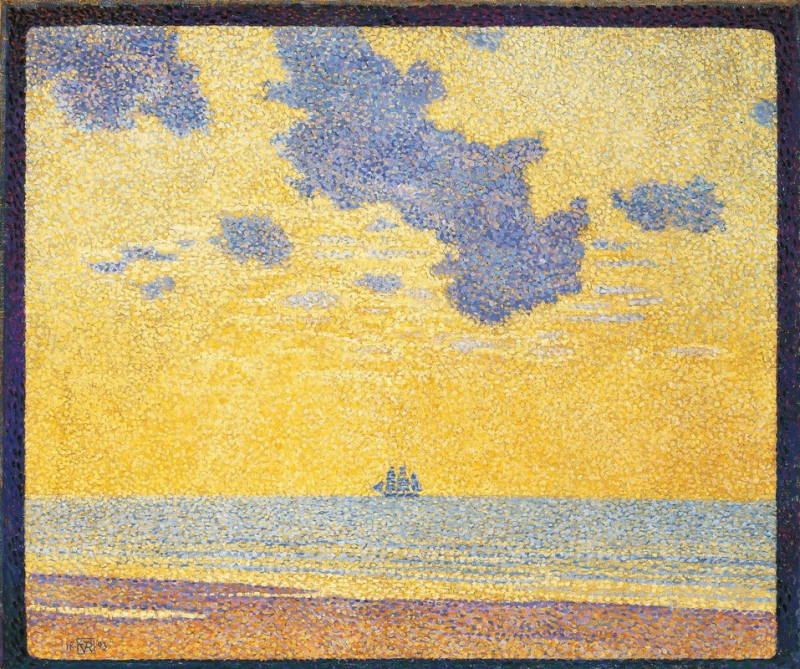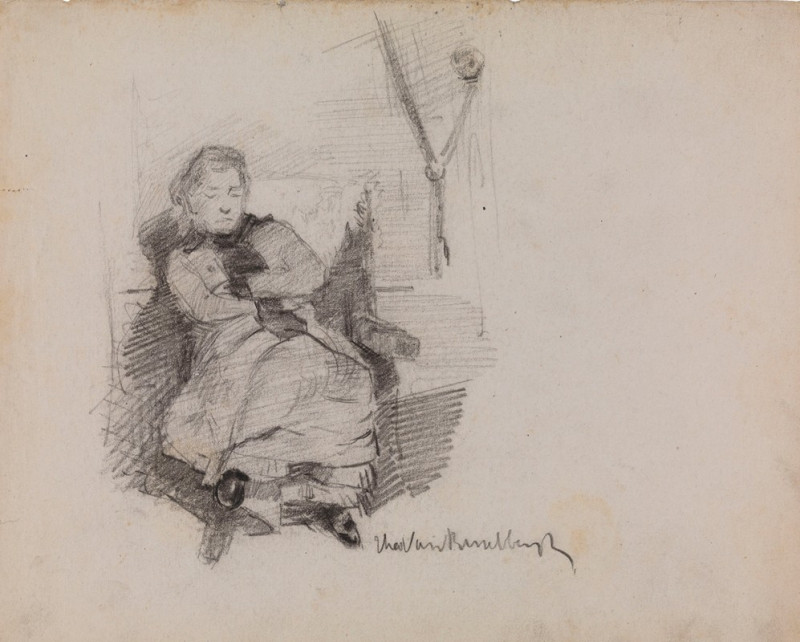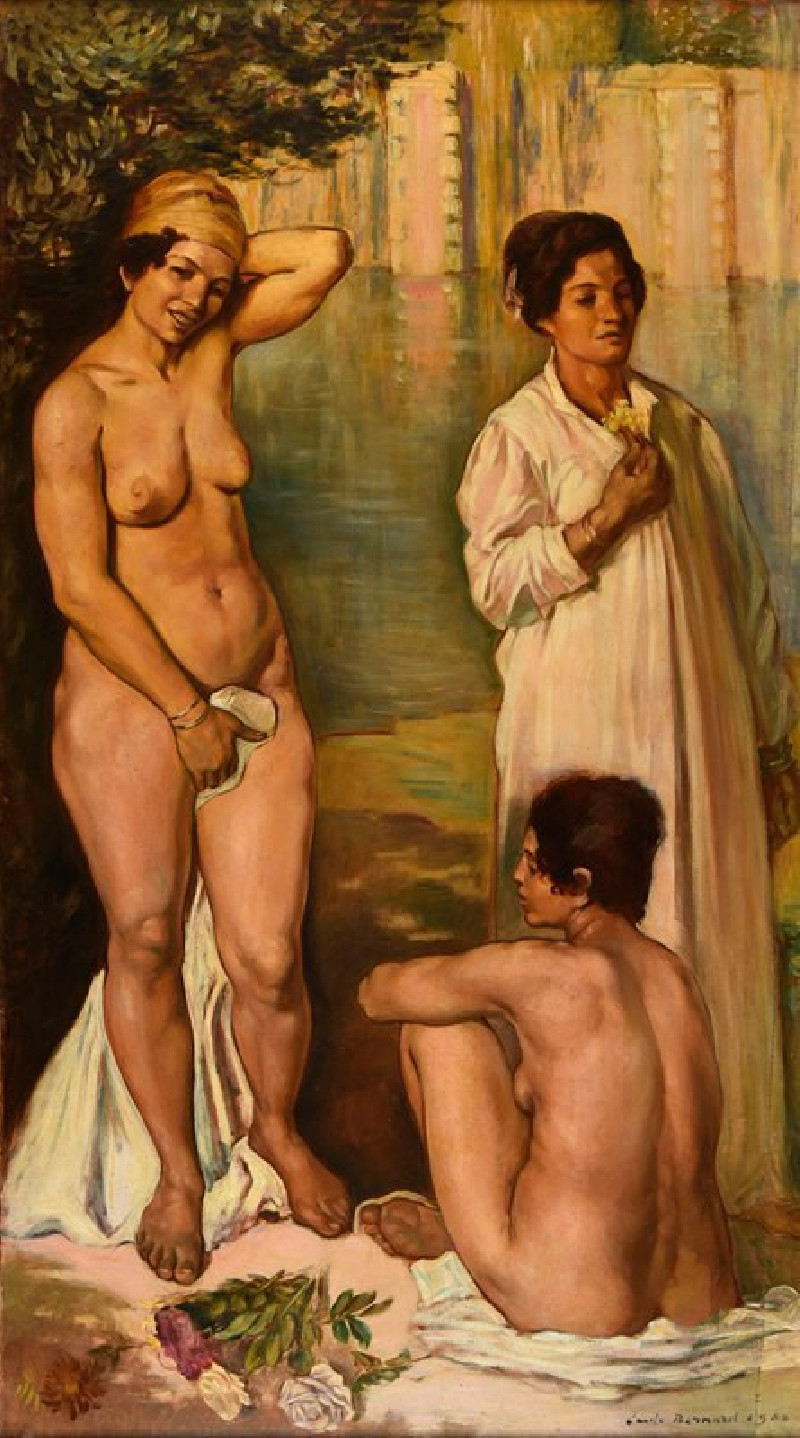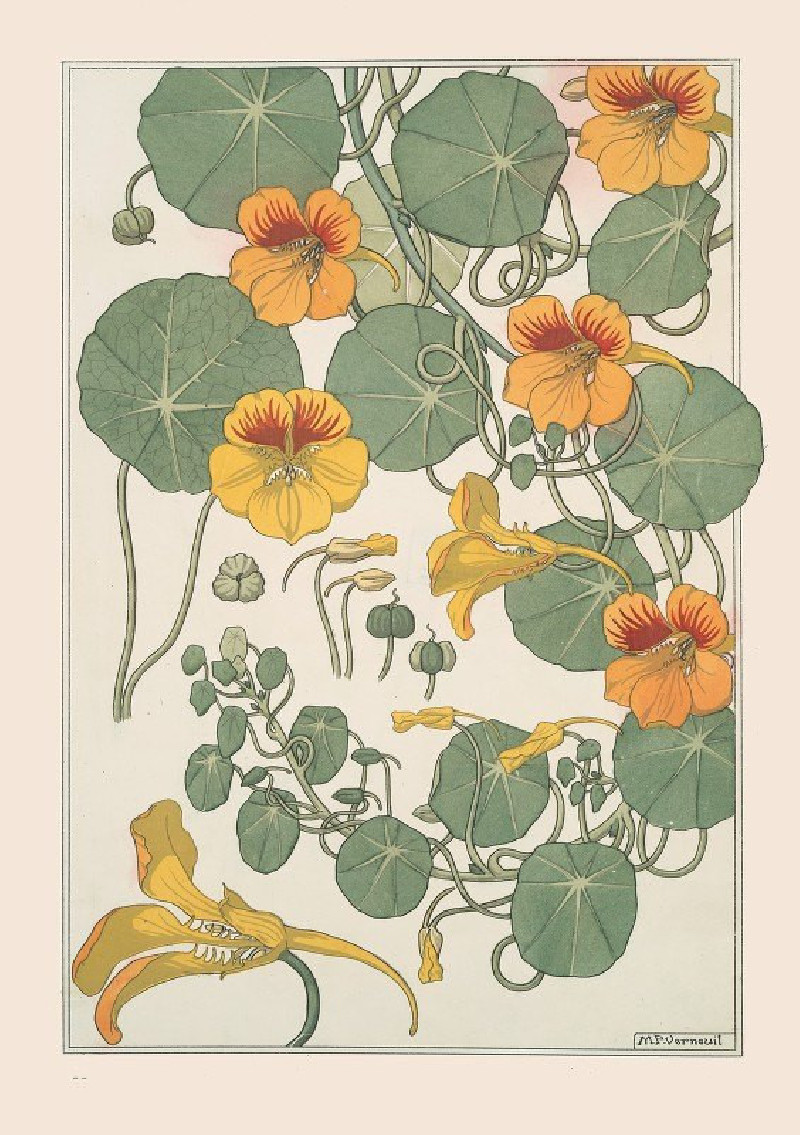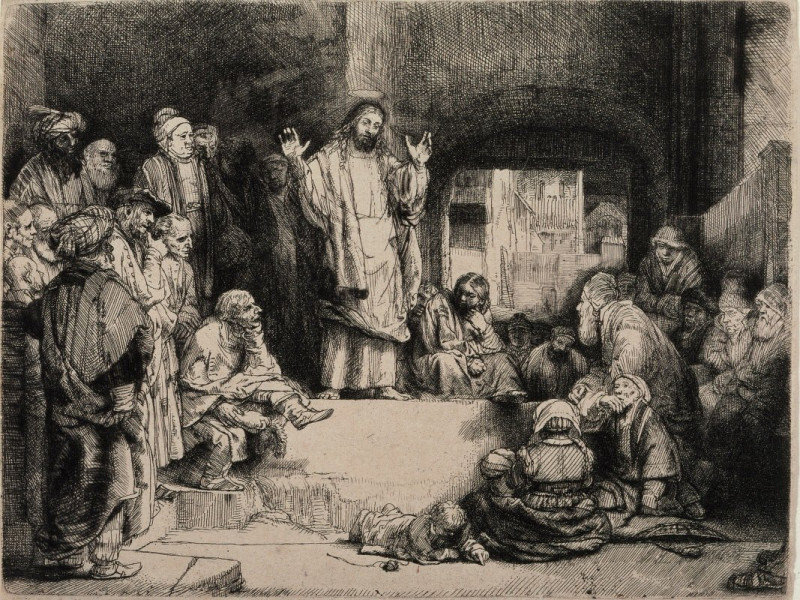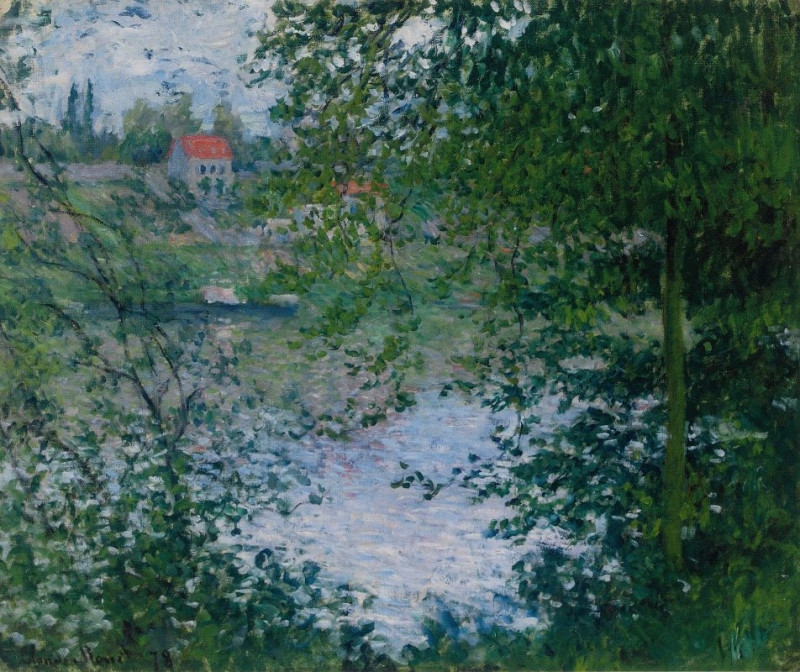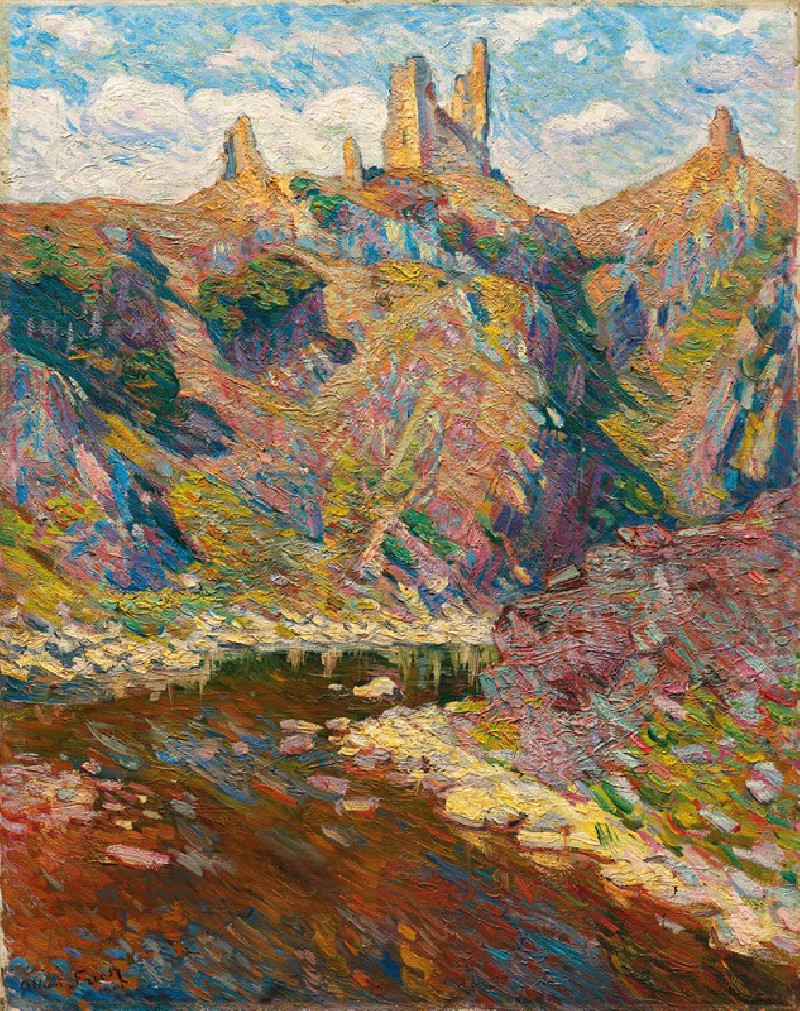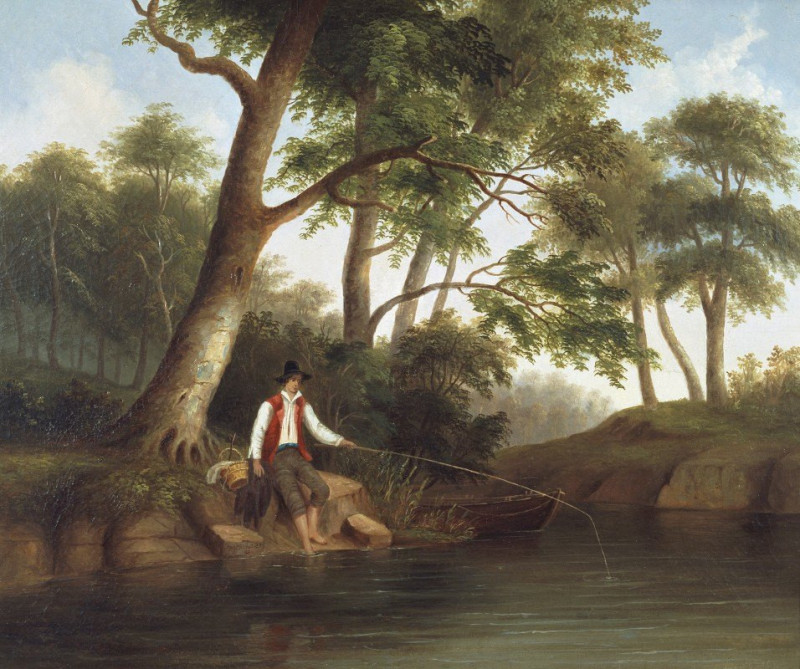The Children of François van Rysselberghe (1885)
Technique: Giclée quality print
Recommended by our customers
More about this artwork
Description:Theo van Rysselberghe's poignant oil on canvas, titled "The Children of François van Rysselberghe," captures a beautifully detailed snapshot of domestic life in the late 19th century. Painted with the insightful intimacy characteristic of the period, the canvas is alive with the candid presence of the children engaged in daily activities. This tableau features several figures, presumably the siblings, gathered around a dining table, each absorbed in different interactions or personal moments.The setting shown is an interior presumably that of a family house, where layering multiple planes the artist achieves a sense of depth. Smaller children are positioned at the right, including a young girl occupying her mother’s lap, her radiant youth juxtaposed against her mother's serene expression. The fore includes a boy standing at the dining table, seemingly focused on his task, adding to the dynamic of everyday family life.On the left of the composition, older children appear more composed and reflective. A boy, leaning confidently against the table, watches the viewer, perhaps disrupting the scene's privacy with a direct gaze that both invites and challenges the observer. Further in the setting, another doorway appears, hinting at other rooms and thus other stories unfolding just out of view.Van Rysselberghe employs a muted yet rich palette that echoes the shadows and warm tones commonly used in the realist tradition. The naturalistic rendering of each figure's expressions and the soft, ambient lighting not only enhance the emotional depth of the scene but also spotlight the artist's mastery in capturing the essence of familial bonds.
Delivery
Returns
Théophile "Théo" van Rysselberghe was a Belgian neo-impressionist painter, who played a pivotal role in the European art scene at the turn of the twentieth century.
Born in Ghent to a French-speaking bourgeois family, he studied first at the Academy of Ghent under Theo Canneel and from 1879 at the Académie Royale des Beaux-Arts in Brussels under the directorship of Jean-François Portaels.


